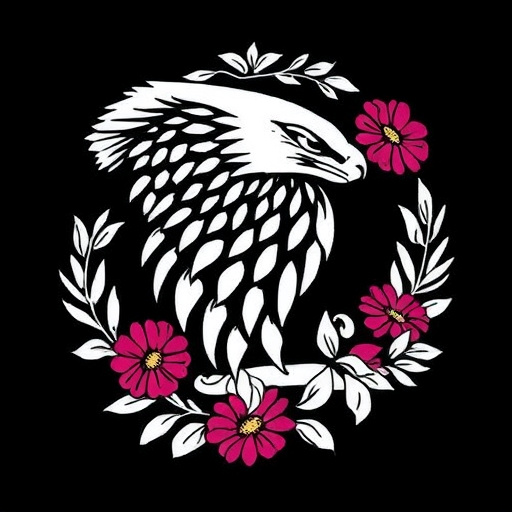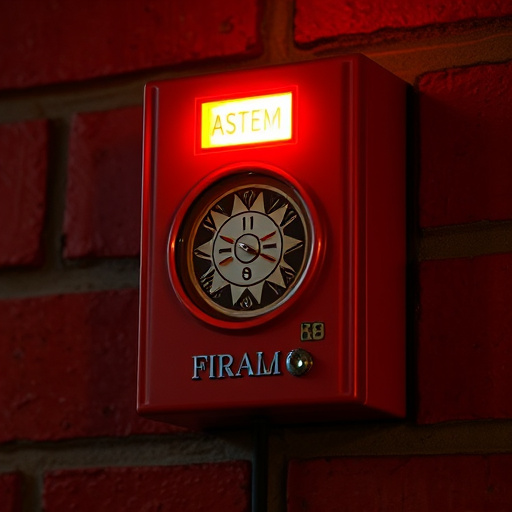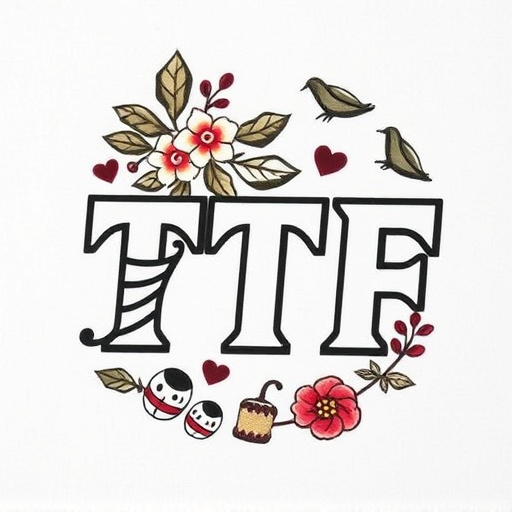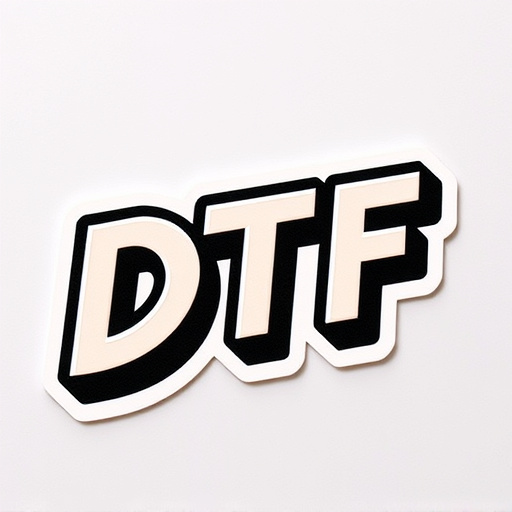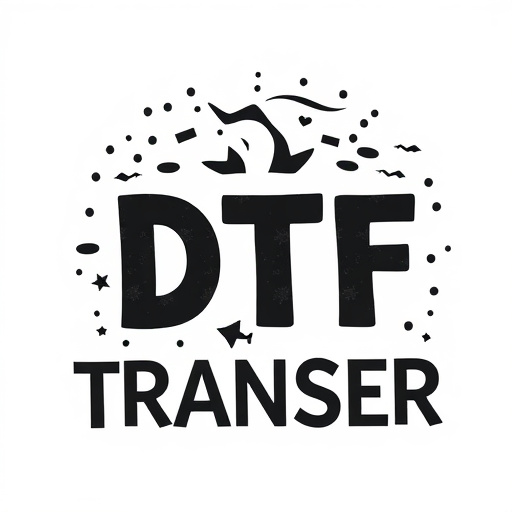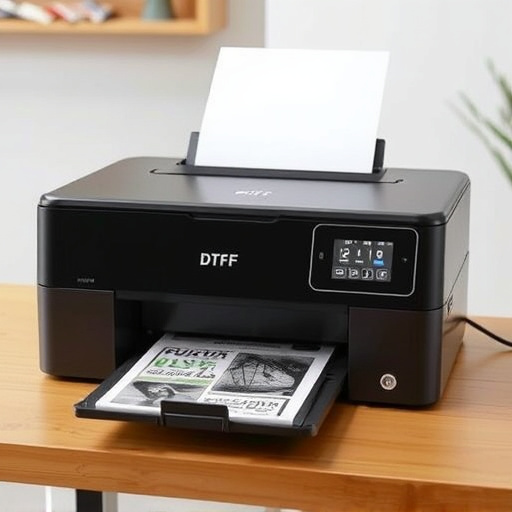Custom DTF Transfers offer an eco-conscious and efficient printing solution. By using direct-to-film technology, this method reduces waste and allows for precise ink application on various materials. Its flexibility enables quick design changes and personalized orders, catering to businesses and artists' evolving needs. Adopting sustainable practices involves choosing green inks, natural fibers, recycled papers, and energy-efficient machines, contributing to a greener industry without compromising quality.
Discover the eco-friendly side of printing with custom DTG (Direct-to-Garment) transfers. This article explores sustainable practices in the custom DTF transfers industry, from understanding the process and its benefits to selecting green materials and inks. Learn practical tips for implementing eco-conscious methods, ensuring both quality designs and environmental responsibility. Explore how businesses can thrive while minimizing their ecological footprint using custom DTF transfers.
- Understanding Custom DTF Transfers: Basics and Benefits
- Sustainable Materials and Inks for Eco-Conscious Printing
- Implementation Tips for Green DTF Transfer Practices
Understanding Custom DTF Transfers: Basics and Benefits

Custom DTF Transfers offer a cutting-edge solution for printers and designers looking to create high-quality, eco-friendly products. This direct-to-film (DTF) printing method involves transferring ink directly onto a film, which is then applied to various materials like textiles or plastics. The process streamlines production by eliminating the need for costly plates or intricate set-up, making it an ideal choice for small-batch runs and on-demand printing.
One of the key benefits of Custom DTF Transfers lies in its sustainability. By using a direct-to-film approach, printers reduce waste significantly compared to traditional methods. This eco-friendly practice not only minimizes environmental impact but also ensures precise ink application, resulting in vibrant, long-lasting designs on a variety of surfaces. Moreover, the flexibility of DTF printing allows for quick design changes and personalized orders, catering to the dynamic demands of modern businesses and artists.
Sustainable Materials and Inks for Eco-Conscious Printing

When adopting eco-friendly practices in custom DTF Transfers printing, the choice of sustainable materials and inks is paramount. Opting for environmentally conscious options ensures that the entire production process minimizes harm to the planet. For instance, using vegetable-based or water-dissolvable inks reduces toxic emissions and waste generation compared to traditional petroleum-based inks. These eco-friendly alternatives not only preserve the quality of designs but also make dtf printing for dark fabrics a viable option, as they adhere well to various materials without compromising color vibrancy.
Additionally, selecting natural fibers like organic cotton for DTF transfers contributes significantly to sustainability. This shift from conventional synthetic fabrics reduces the carbon footprint associated with textile production. As consumers and businesses become more eco-conscious, embracing these sustainable materials and inks positions custom graphic tees and dtf printing as responsible choices, appealing to environmentally aware customers while delivering high-quality, visually stunning results.
Implementation Tips for Green DTF Transfer Practices

Implementing eco-friendly practices in custom DTF (Direct to Fabric) transfers is both sustainable and beneficial for your business. One effective tip is to opt for water-based inks over solvent-based ones, as they produce fewer harmful emissions and are safer for both the environment and printers’ health. Additionally, using recycled or biodegradable transfer papers can significantly reduce waste. Many heat press machines are designed with energy-saving features; utilizing these can cut down on electricity consumption.
For a more sustainable workflow, consider adopting digital design techniques to minimize paper waste during mockups and testing. When it comes to printing for dark fabrics, dtf printing techniques using cold peel transfers have proven to be effective. This method avoids the need for high-temperature heat presses, reducing energy usage. By combining these practices with proper waste management and recycling initiatives, custom DTF transfer printers can contribute to a greener industry while maintaining high-quality production standards.
Custom DTF transfers offer a unique and eco-friendly printing solution, allowing businesses and individuals to create sustainable products without compromising on quality. By adopting green practices, from material selection to implementation, it’s possible to minimize the environmental impact of this process. With the right approach, custom DTF transfers can be a powerful tool for promoting sustainability in the printing industry.

